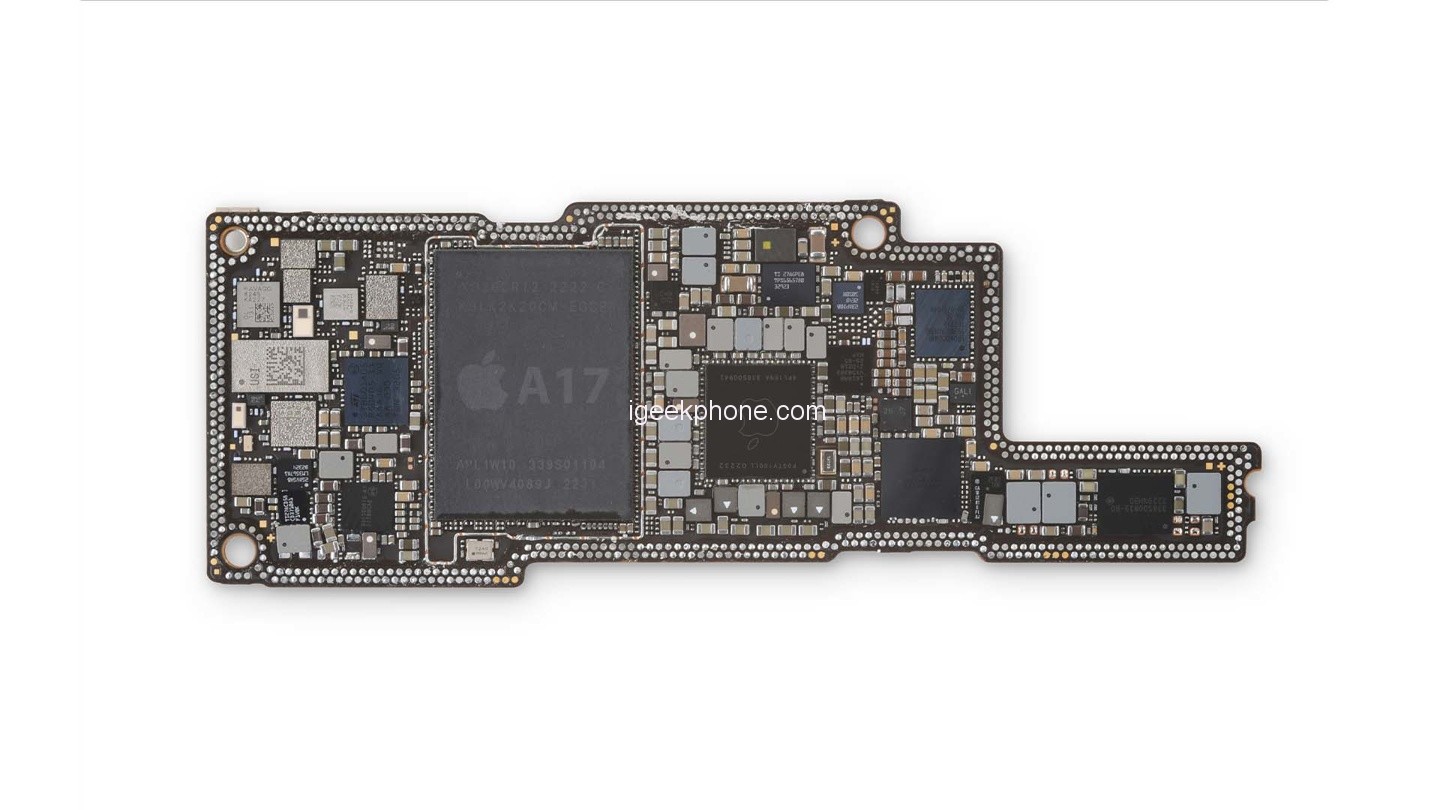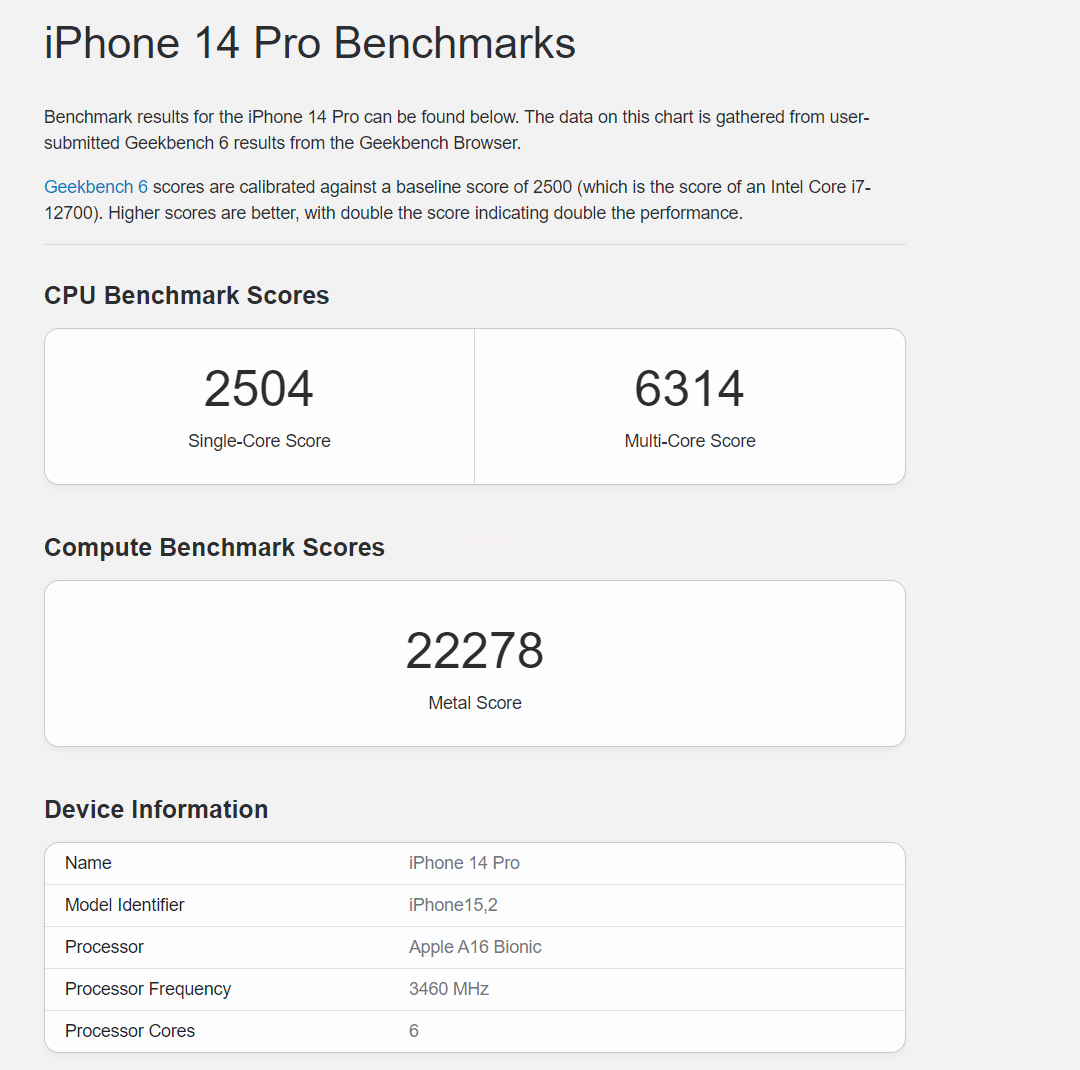A popular YouTuber recently shared data on the performance of the Apple A17 engineering machine’s Geekbench 6 single-core and multi-core running scores. According to the data, the Bionic A17 has achieved a significant performance boost, thanks to TSMC’s 3nm technology.
The A17 chip is expected to have a higher energy consumption ratio but has achieved an impressive performance leap. However, due to the increased cost of production, it is speculated that the A17 Bionic may only be used in two high-end models, the iPhone 15 Pro and iPhone 15 Pro Max (or Ultra), which will likely lead to a price increase.
The A17 engineering machine has achieved a remarkable score of 3986 points in single-core and 8841 points in multi-core, almost equivalent to the performance of a MacBook. In comparison, the iPhone 14 Pro currently included in Geekbench has a single-core score of 2504 points and a multi-core score of 6314.
If the reports are accurate, the A17 Bionic chip will bring a 59.2% single-core performance improvement and a 40% multi-core performance improvement, which is a significant improvement. Apple’s upcoming iPhone 15 Pro is expected to use the A17 Bionic processor, Apple’s first iPhone chip based on TSMC’s first-generation 3nm process. Liu Deyin, TSMC’s chairman, has stated that the 3nm process offers 60% higher density than the 5nm process, which can reduce power consumption by approximately 35% while achieving the same level of performance.
Despite the higher production costs, it is reported that Apple has secured all initial orders for TSMC’s first-generation 3nm technology. This indicates that other smartphone manufacturers, such as Samsung, are willing to wait for the price to drop before adopting the process. With the global economic turmoil, the Android market is expected to face a challenging situation in 2023.
It is worth noting that Apple’s faster A17 chip will only be used in the iPhone 15 Pro and Pro Max, while the regular iPhone 15 and versions will use the A16 chip previously used in the iPhone 14 Pro and Pro Max. In addition, the iPhone 15 series models are expected to use the USB-C interface to replace the Lightning interface, and the Pro series models will also exclusively feature the A17 bionic chip, Wi-Fi 6E support, solid-state volume, and power buttons, enhanced LiDAR sensors, new periscope camera technology, ProMotion, and all-weather display functions.
In conclusion, the A17 Bionic chip’s performance improvement is significant and will greatly boost the performance of the iPhone 15 Pro and Pro Max models. Apple’s exclusive use of TSMC’s first-generation 3nm technology underscores its commitment to delivering its customers the best possible user experience. However, the increased production costs may result in a price hike for these high-end models, making them more expensive than their predecessors. Nonetheless, Apple’s decision to use the A17 chip in the iPhone 15 Pro and Pro Max models is a testament to its unwavering commitment to innovation and providing its customers with the latest technology.
Read Also: German Bionic has Launched the Apogee, an Exoskeleton that Offsets 30kg of Load
Do not forget to follow us on our Facebook group and page to keep you always aware of the latest advances, News, Updates, review, and giveaway on smartphones, tablets, gadgets, and more from the technology world of the future.










